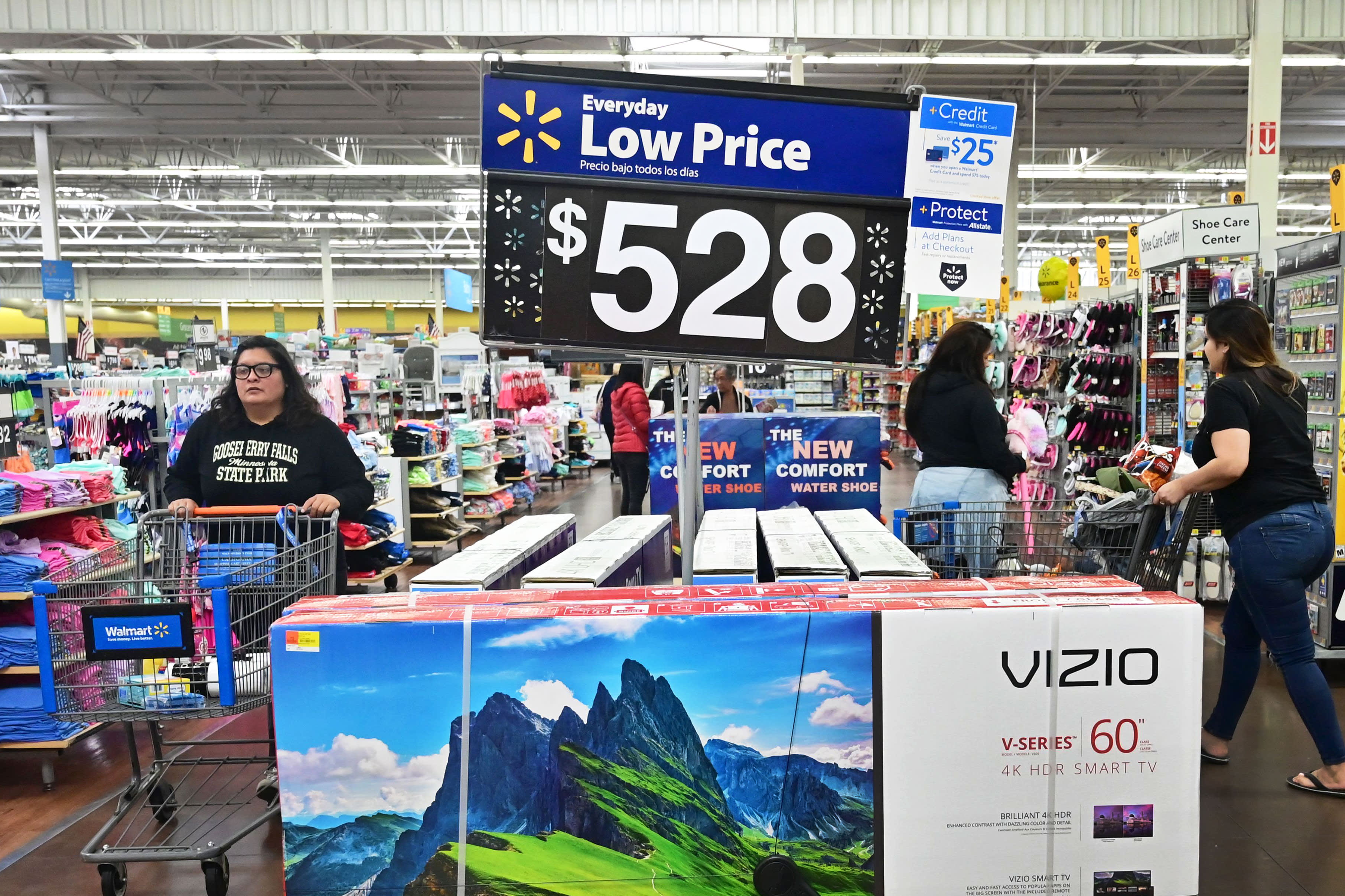U.S. underlying consumer prices increased by the most in nearly 1-1/2 years in June amid solid gains in the costs of a range of goods and services, but will probably not change expectations the Federal Reserve will cut interest rates this month.
The Labor Department said on Thursday its consumer price index excluding the volatile food and energy components rose 0.3% last month. That as the largest increase since January 2018 and followed four straight monthly gains of 0.1%. The so-called core CPI was boosted by strong increases in the prices for apparel, used cars and trucks, as well as household furnishings.
There were also increases in the cost of healthcare and rents. In the 12 months through June, the core CPI climbed 2.1% after advancing 2.0% in May.
The overall CPI edged up 0.1% last month, held back by cheaper gasoline and food prices. The CPI rose 0.1% in May. It increased 1.6% year-on-year in June after rising 1.8% in May.
Economists polled by Reuters had forecast the CPI unchanged in June and rising 1.6% year-on-year.
The Fed, which has a 2% inflation target, tracks the core personal consumption expenditures (PCE) price index for monetary policy. The core PCE price index increased 1.5 percent year-on-year in May and has undershot its target this year.
Fed Chairman Jerome Powell on Wednesday told lawmakers the U.S. central bank would "act as appropriate" to protect the economy from rising risks such as trade tensions and slowing global growth. Powell also said "there is a risk that weak inflation will be even more persistent than we currently anticipate."
Policymakers from the U.S. central bank are scheduled to meet on July 30-31. The Fed last month downgraded its inflation projection for 2019 to 1.5% from the 1.8% projected in March.
In June, gasoline prices dropped 3.6% after falling 0.5% in May. Food prices were unchanged last month after rebounding 0.3% in May. Food consumed at home fell 0.2%.
Owners' equivalent rent of primary residence, which is what a homeowner would pay to rent or receive from renting a home, rose 0.3% in June, matching May's gain. Healthcare costs increased 0.3%, after a similar advance in May.
Apparel prices surged 1.1% after being unchanged in May. Prices for these goods tumbled in March and April after the government introduced a new method and data to calculate their cost. Used motor vehicles and trucks prices jumped 1.6% in June after declining for four straight months.
The price of household furnishings and operations rose 0.8%, the biggest gain since 1991, driven by rising costs for gardening and lawncare services.


